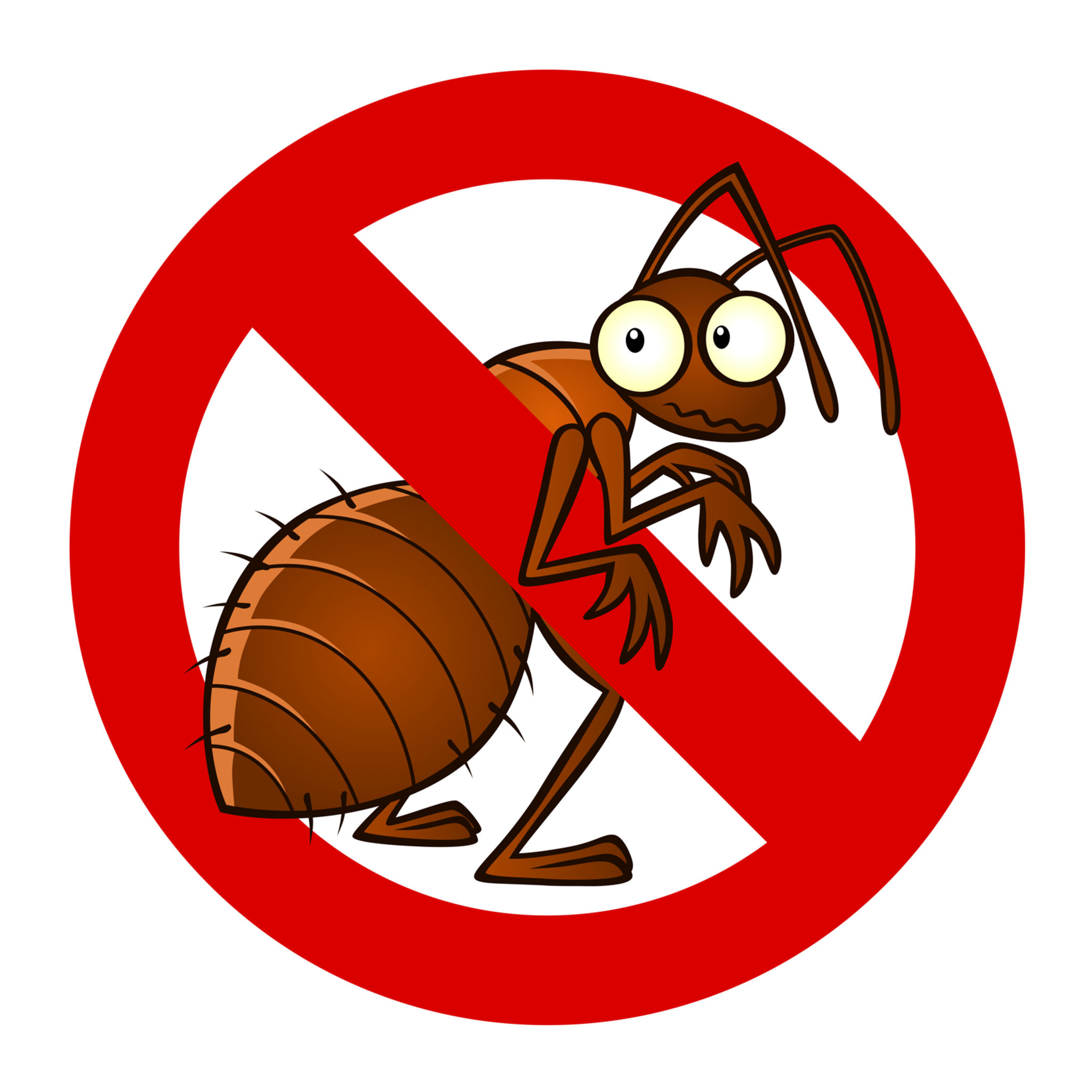Bed Pest Treatment Failure: Contrasting Chemical Vs. Non-Chemical Solutions
In the world of pest control, specifically when managing the relentless issue of bed bugs, the option in between chemical and non-chemical therapy solutions can be a pivotal one. Both approaches offer unique advantages and downsides, affecting variables such as performance, safety and security factors to consider, and general expense. By analyzing the nuanced details of each technique, a clearer understanding of which path to pursue in attending to a bed insect infestation can be acquired.
Effectiveness of Chemical Therapies
Chemical therapies for bed bug problems have been commonly identified for their powerful and quick efficiency in getting rid of these bugs. When taking into consideration the efficiency of chemical therapies, it is vital to recognize that they can provide a fast and thorough service to a bed bug trouble. Specialist pest control experts commonly depend on insecticides to target bed bugs at various stages of their life cycle, consisting of nymphs, adults, and eggs. These chemicals commonly function by interfering with the bed insects' nervous system, bring about paralysis and ultimate fatality.
Additionally, chemical treatments have the benefit of offering recurring effects, indicating that they can continue to remove bed insects also after the preliminary application. This recurring activity is especially helpful in combating any type of prospective re-infestations. In addition, the fast activity of chemical treatments can bring relief to people encountering extreme bed insect infestations, permitting them to regain control of their home promptly.
Security Interest In Chemical Solutions
One critical facet that requires careful consideration when utilizing chemical options for bed insect treatment is guaranteeing the safety of passengers and the atmosphere. Direct exposure to specific chemicals used in bed insect treatments can lead to breathing issues, skin irritation, or other unfavorable responses, especially in people with pre-existing conditions or sensitivities.
In addition, the ecological effect of chemical solutions is one more considerable consideration. Some pesticides used in bed insect therapies may be harmful to beneficial bugs, wild animals, and communities if they leach right into the soil or water supply. It is necessary to use chemical therapies sensibly, adhering to safety and security guidelines, and thinking about less harmful choices to mitigate these risks and make sure the risk-free and effective management of bed pest invasions.
Advantages of Non-Chemical Strategies
Thinking about the possible safety and security issues and environmental influence connected with chemical services for bed pest therapy, exploring non-chemical approaches offers a promising alternative with a number of unique advantages. Non-chemical methods provide a safer option for houses, specifically those with kids, individuals, or animals conscious rough chemicals. These methods remove the risks of exposure to poisonous compounds, decreasing the capacity for negative health and wellness effects. Furthermore, non-chemical therapies are eco friendly, as they do not add to air or water air pollution, making them a sustainable selection for bug control.
In addition, non-chemical services can be reliable in targeting bed pests, including hard-to-reach locations where chemical therapies might not permeate. Methods such as warmth therapy, vacuuming, vapor cleansing, and mattress coverings offer comprehensive removal without making rat poison use of damaging chemicals. Moreover, non-chemical techniques can be much less disruptive, needing marginal preparation and enabling for quicker reentry into dealt with locations. Generally, selecting non-chemical bed bug therapy techniques not just focuses on safety and environmental management but additionally ensures effective and comprehensive insect control.
Limitations of Non-Chemical Treatments

In addition, non-chemical treatments commonly call for numerous applications to achieve effective obliteration. This can be taxing and may not constantly guarantee full removal of all bed pests and their eggs, specifically in hard-to-reach or hidden locations.
Furthermore, the success of non-chemical therapies heavily depends on proper application and thoroughness, which can weblink be testing for reliable pest control individuals without professional experience. Poor application of non-chemical techniques might result in incomplete elimination, leading to consistent problems and the need for additional therapies.
For that reason, while non-chemical treatments have their advantages, it is vital to acknowledge these restrictions and consider them when identifying one of the most reliable technique for managing bed bug infestations.
Expense Comparison: Chemical Vs. Non-Chemical Options
Provided the limitations associated with non-chemical therapies, an important element to examine in the context of bed insect administration is the cost contrast in between chemical and non-chemical options. In contrast, non-chemical treatments like warm treatment or steam can be extra expensive, with costs ranging from $1,000 to $6,000 for a whole home. While the initial expense of chemical treatments may appear lower, multiple treatments might be needed to totally get rid of the infestation, possibly boosting the overall cost.
Verdict

Thinking about the prospective security issues and environmental influence connected with chemical options for bed pest treatment, discovering non-chemical approaches offers an encouraging choice with several unique benefits.Given the limitations linked with non-chemical treatments, a crucial element to assess in the context of bed pest monitoring is the cost comparison between chemical and non-chemical alternatives. In comparison, non-chemical treatments like warmth treatment or heavy steam can be extra costly, with costs varying from $1,000 to $6,000 for an entire home. While the preliminary cost of chemical therapies may appear reduced, multiple treatments might be called for to completely get rid of the problem, possibly enhancing the total expense.In final thought, when contrasting chemical and non-chemical bed insect therapy options, it is necessary to think about effectiveness, safety, advantages, limitations, and cost.
Comments on “Relied On A1 Exterminator Charlotte NC - Comprehensive Pest Solutions”